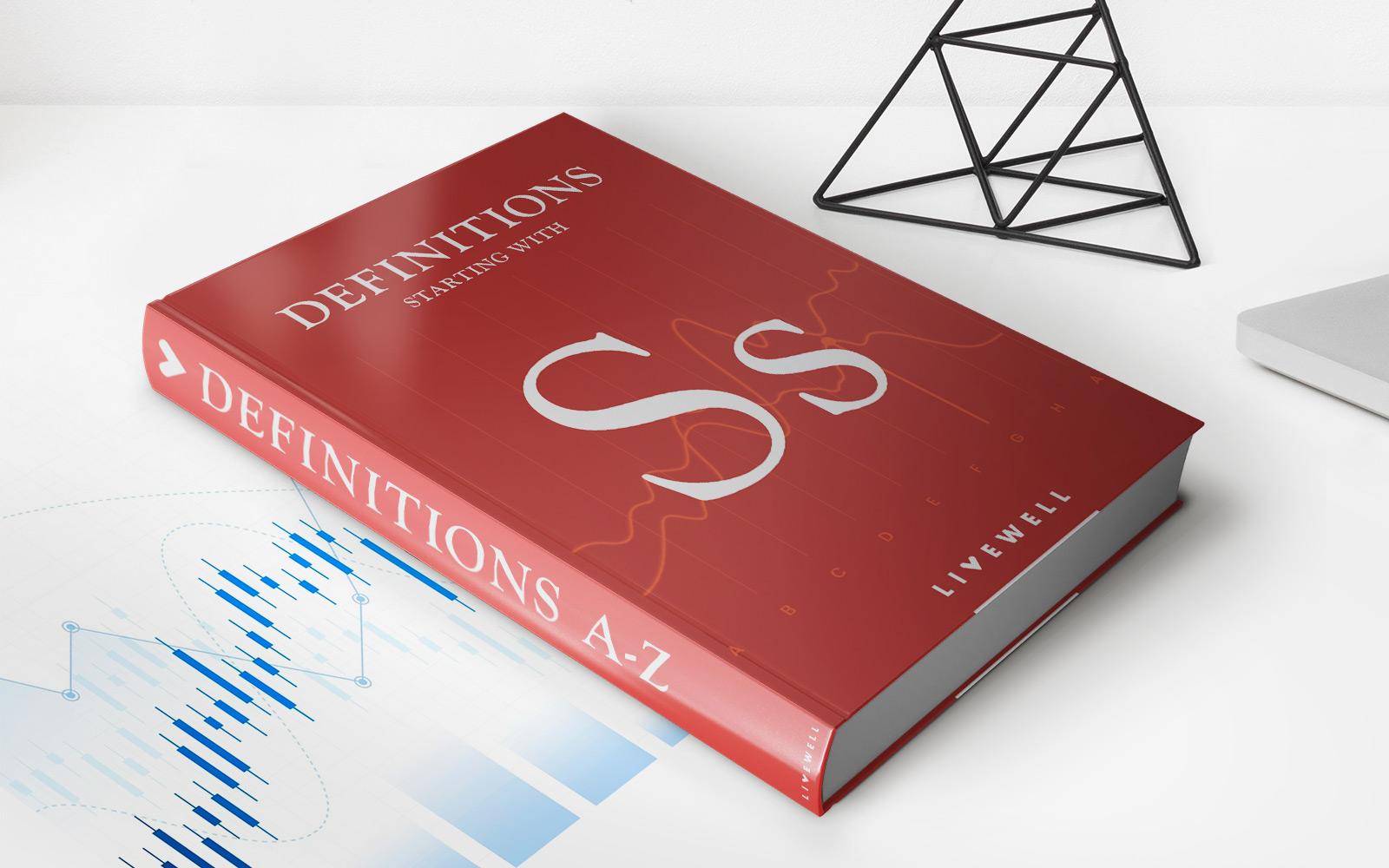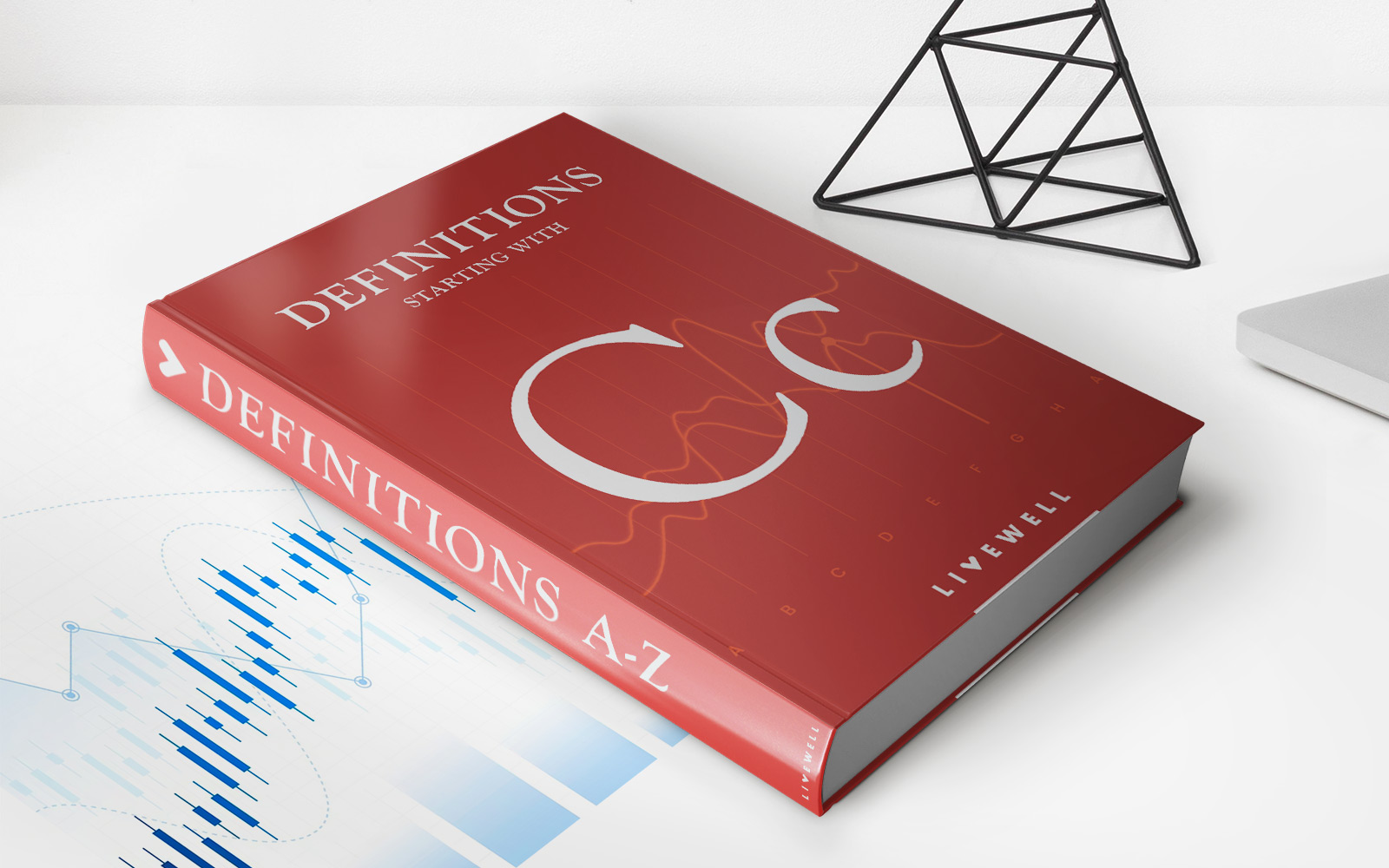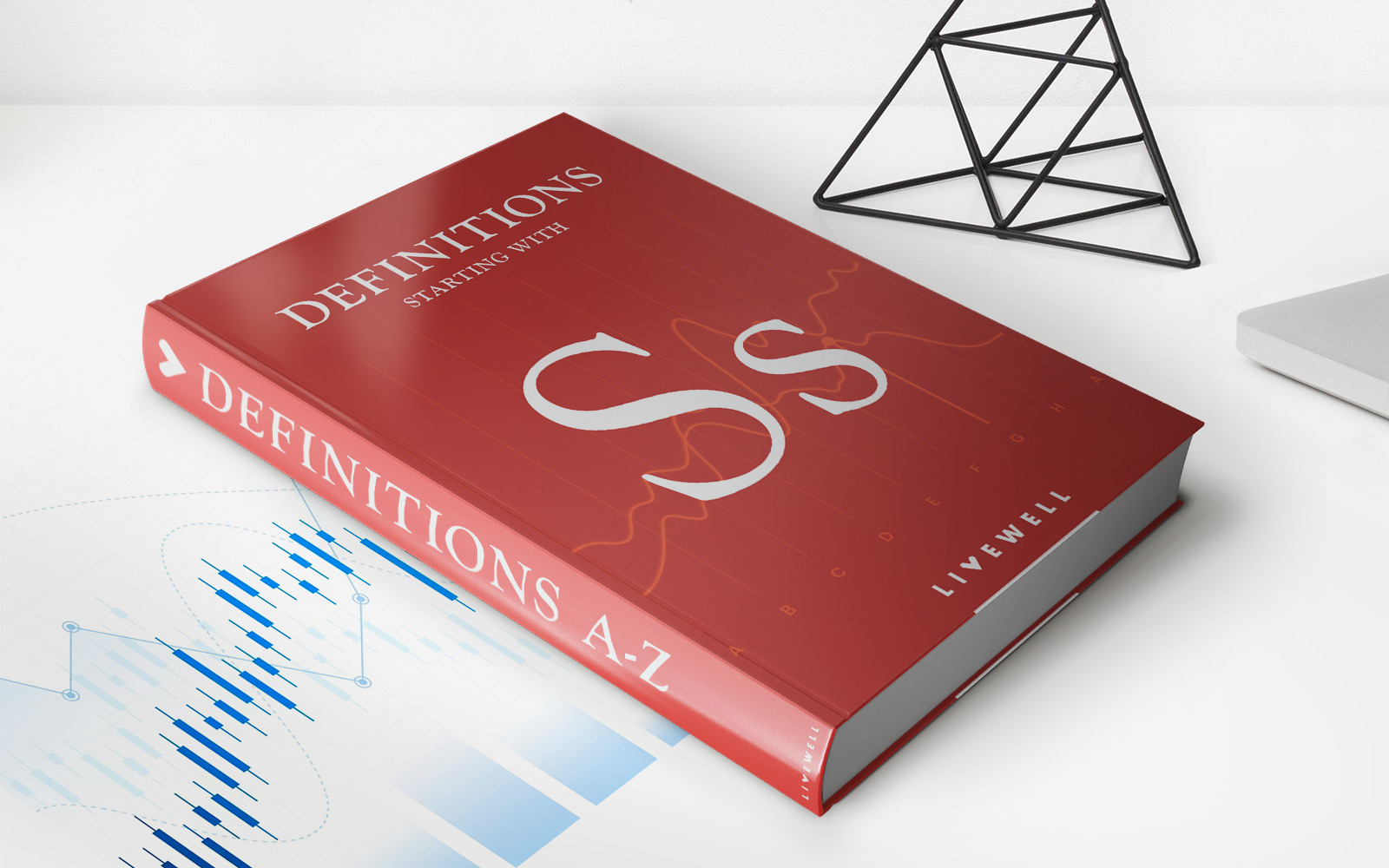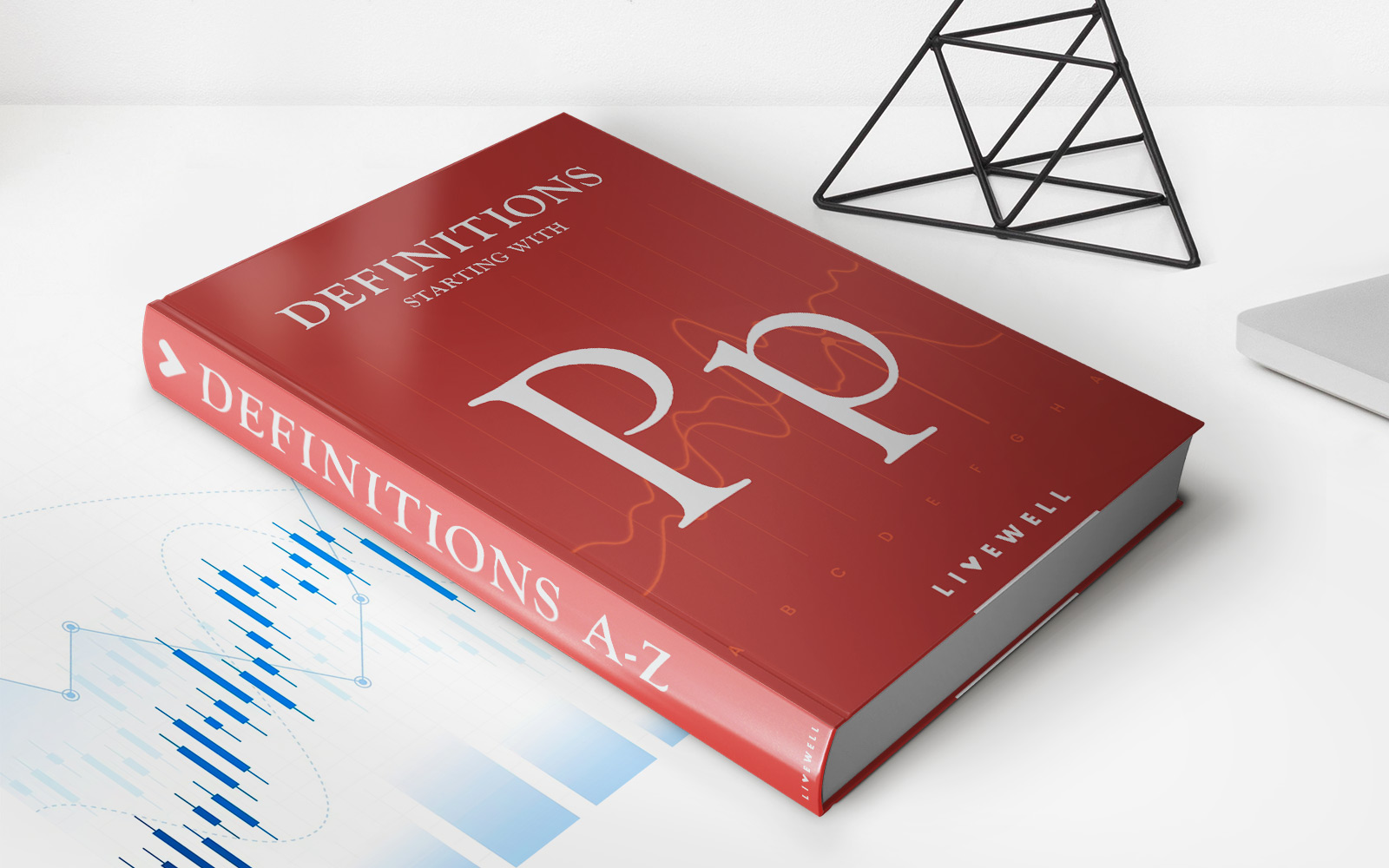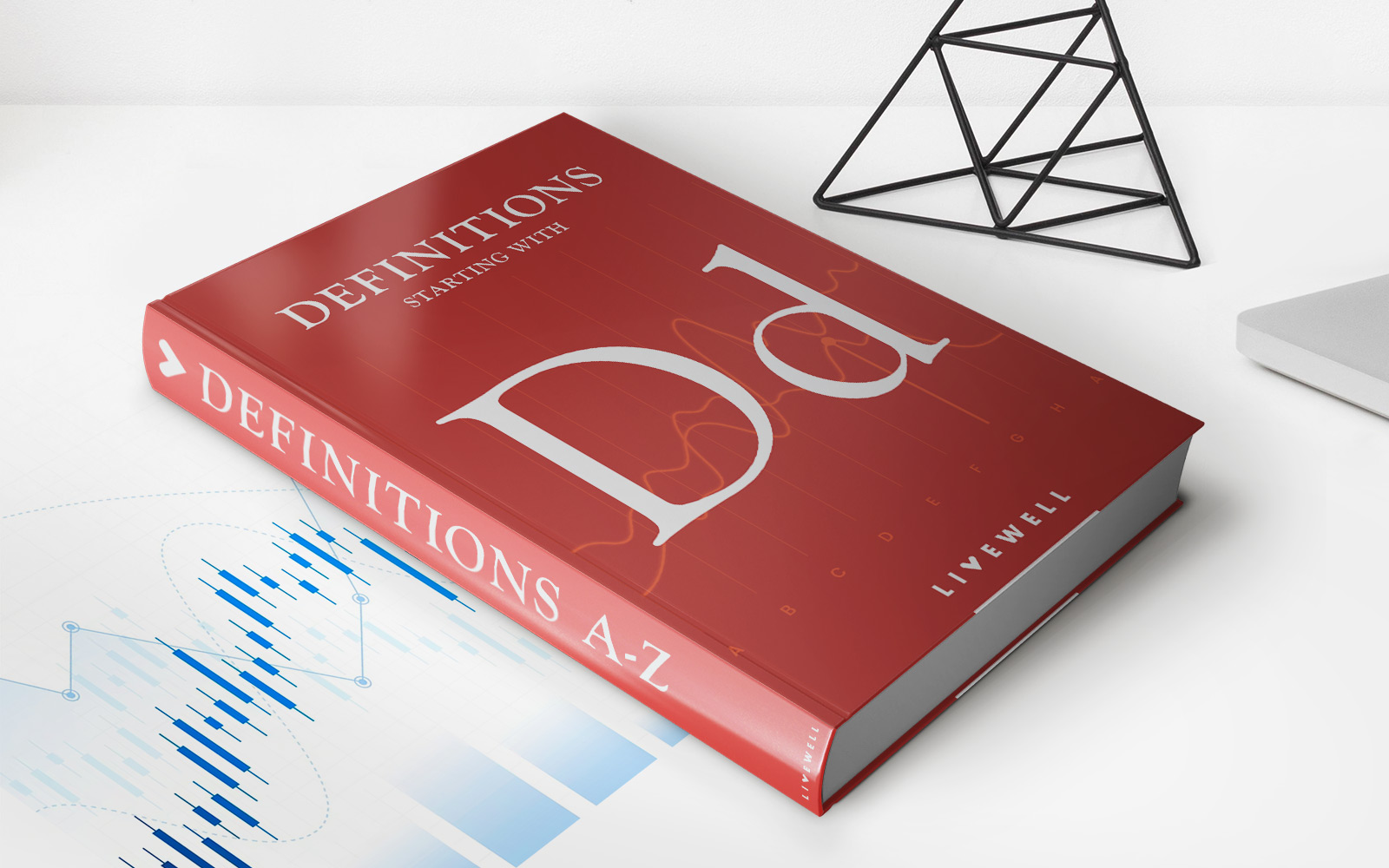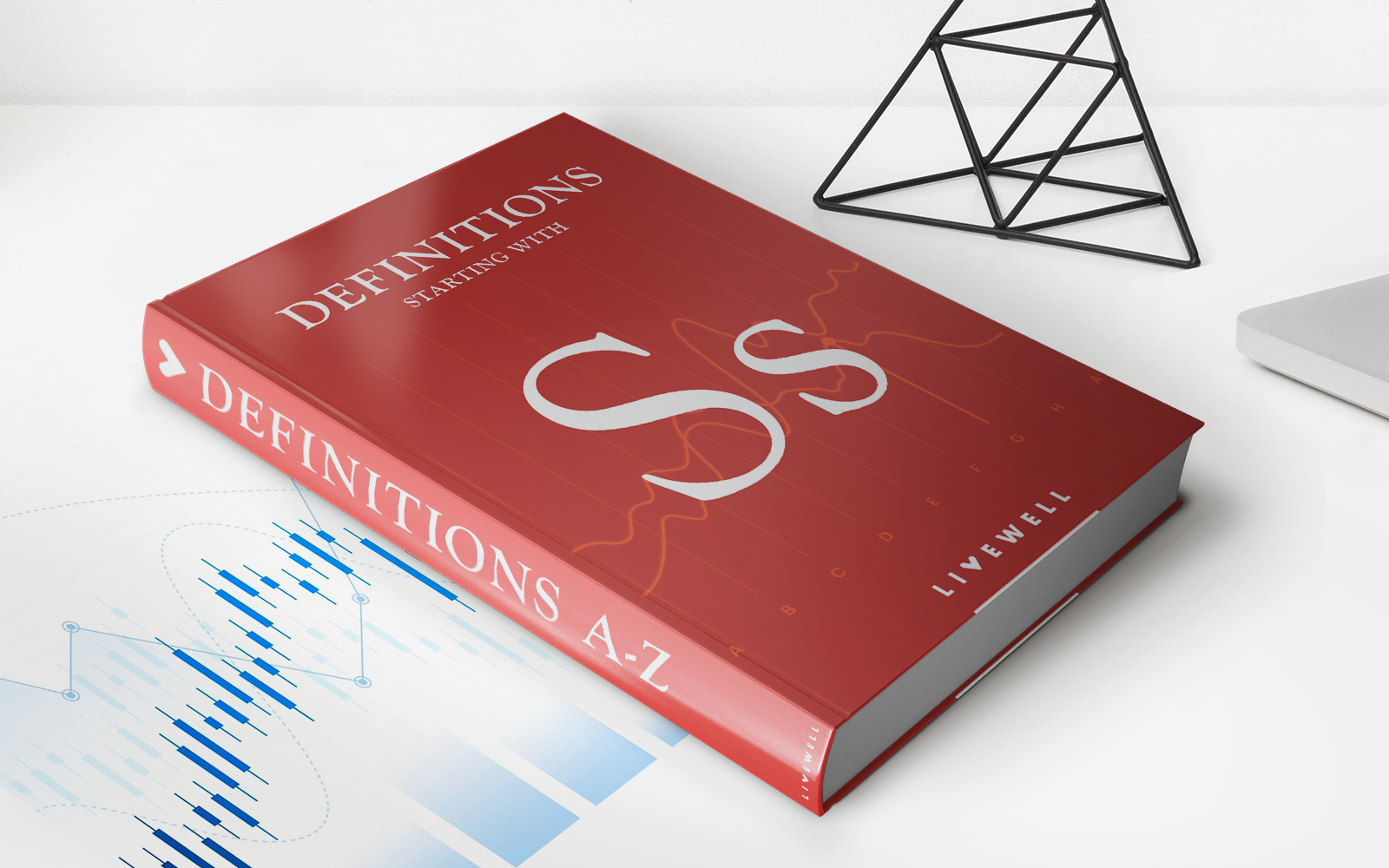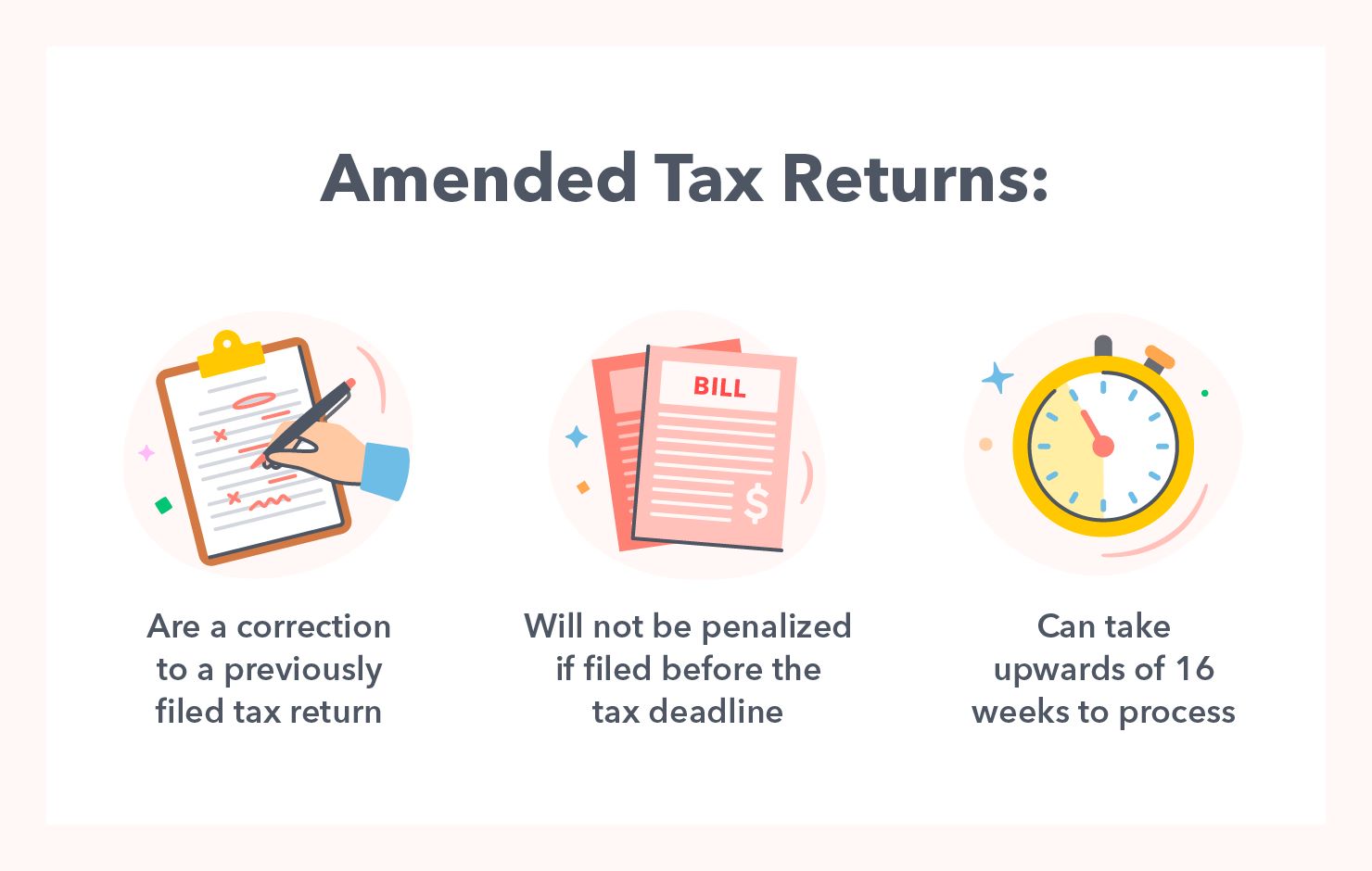Home>Finance>Import: Definition, Examples, And Pros And Cons
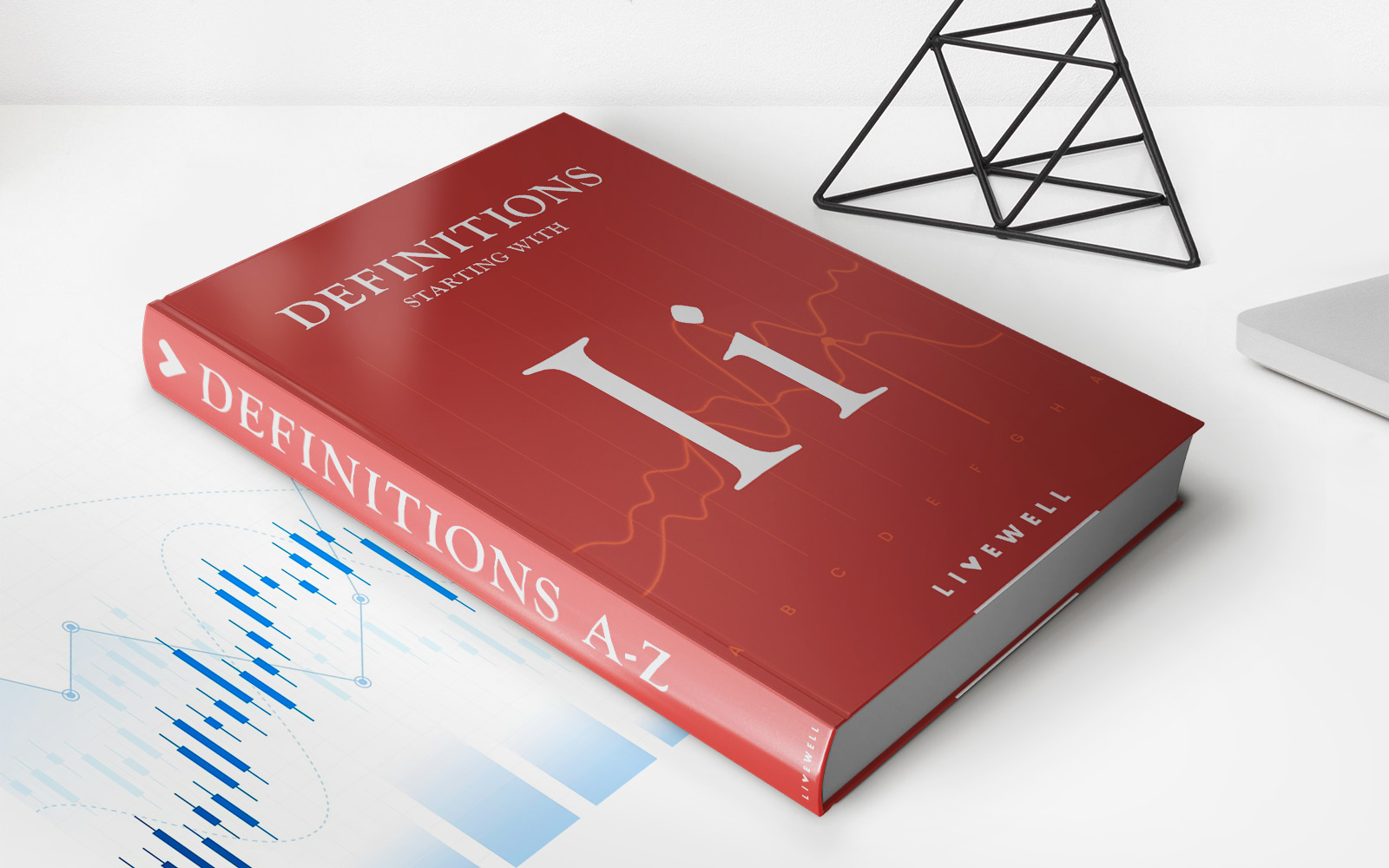

Finance
Import: Definition, Examples, And Pros And Cons
Published: December 7, 2023
Learn everything about finance, including its definition, examples, and the pros and cons. Gain valuable insights into the world of finance.
(Many of the links in this article redirect to a specific reviewed product. Your purchase of these products through affiliate links helps to generate commission for LiveWell, at no extra cost. Learn more)
Understanding Import: Definition, Examples, and Pros and Cons
Welcome to our finance blog, where we aim to provide you with valuable insights and information on various aspects of the financial world. In this post, we will dive into the world of imports, exploring its definition, offering examples, and discussing the pros and cons associated with it. So, let’s get started!
Key Takeaways:
- Imports refer to the goods and services purchased by one country from another.
- Imports can contribute to the economic growth of a country, but they can also pose challenges to domestic industries.
What is an Import?
An import can be defined as the purchase of goods and services by one country from another. These goods and services are produced in one country and bought by individuals, businesses, or governments in another country. Importing plays a crucial role in global trade, allowing countries to access products that are not available or are less expensive locally.
Examples of Imports
To better understand imports, let’s take a look at a few examples:
- Electronics: Many countries import electronic devices, such as smartphones, laptops, and televisions, from manufacturers located in other parts of the world. This enables consumers to access a wide range of options at competitive prices.
- Automobiles: Car enthusiasts around the globe often opt for imported automobiles, appreciating the quality, design, and performance offered by manufacturers in different countries.
- Textiles and Apparel: Clothing brands often rely on imports to source materials and finished products. For instance, a clothing retailer in one country may import fabric from another country to manufacture garments for sale.
Pros and Cons of Imports
Importing goods and services can have both positive and negative impacts. Let’s explore some of the pros and cons:
Pros:
- Access to a wider variety of products: Imports allow consumers to enjoy a diverse range of products, regardless of their origin. This helps satisfy consumer demand and encourages competition, resulting in better quality and lower prices.
- Boost to economic growth: Imports can contribute to the economic growth of a country by providing access to goods and services that are not readily available domestically. This allows businesses to expand, create employment opportunities, and enhance living standards.
- Specialization: Countries can focus on producing and exporting goods and services in which they have a comparative advantage, while importing those where they are less efficient. This specialization promotes efficiency and can lead to higher overall productivity.
Cons:
- Competition for domestic industries: Imports can pose a challenge to domestic industries, especially when they are unable to compete with lower-priced imported products. This can lead to a decline in production, loss of jobs, and harm to domestic businesses.
- Dependency on foreign countries: Overreliance on imports can create a dependency on foreign countries. Political, economic, or environmental disruptions in these countries can affect the supply chain and lead to shortages or price fluctuations.
- Trade imbalances: A high level of imports compared to exports can result in trade imbalances, increasing a country’s trade deficit. This can have long-term economic consequences, impacting the overall stability of the economy.
It’s important to note that the pros and cons of imports vary depending on the specific circumstances of each country and industry. Finding a balance between imports and domestic production is often crucial for sustainable economic development.
In conclusion, imports play a vital role in the global economy, providing consumers with access to a wide variety of products and contributing to economic growth. However, the impact of imports should be carefully managed to ensure the well-being of domestic industries and the overall stability of the economy. We hope this blog post has provided you with valuable insights into the world of imports. Stay tuned for more finance-related topics in our future posts!
